#Japonism
Explore tagged Tumblr posts
Text

Charles W. Bartlett - Taj-Mahal by twilight. Color woodblock print, c.1920.
95 notes
·
View notes
Text










Orientalism is the imitation or depiction of aspects of the Eastern world (or "Orient") by writers, designers, and artists from the Western world.
In art history, the term Orientalism refers to the works of mostly 19th-century Western artists who specialized in Oriental subjects, produced from their travels in Western Asia, during the 19th century.
Chinoiserie media included imitations of lacquer and painted tin (tôle) ware that imitated japanning, early painted wallpapers in sheets, and ceramic figurines and table ornaments. The popularity of chinoiserie peaked around the middle of the 18th century when it was associated with the Rococo style.
Pleasure pavilions in "Chinese taste" appeared in the formal parterres of late Baroque and Rococo German palaces. The Yellow Drawing Room at Buckingham Palace is rife with chinoiserie designs. King George IV was a keen patron of chinoiserie, and had many rooms created in this style.
As a style, chinoiserie is related to the Rococo style. Both styles are characterized by exuberant decoration, asymmetry, a focus on materials, and stylized nature and subject matter that focuses on leisure and pleasure.
While Europeans frequently held inaccurate ideas about East Asia, this did not necessarily preclude their fascination and respect. It's suggested that the majority of Orientalism was derived out of a genuine fascination and admiration of Eastern cultures, not prejudice or malice. [x]
#orientalism#chinoiserie#egyptomania#chinese taste#turquerie#japonism#rococo style#japonaiserie#oriental style#19th century#18th century#text#architecture#rococo#art style#historical fashion#fashion history#japanning#interior design history#vintage fashion plates#egyptian revival era#fashion illustration#european trend
35 notes
·
View notes
Text
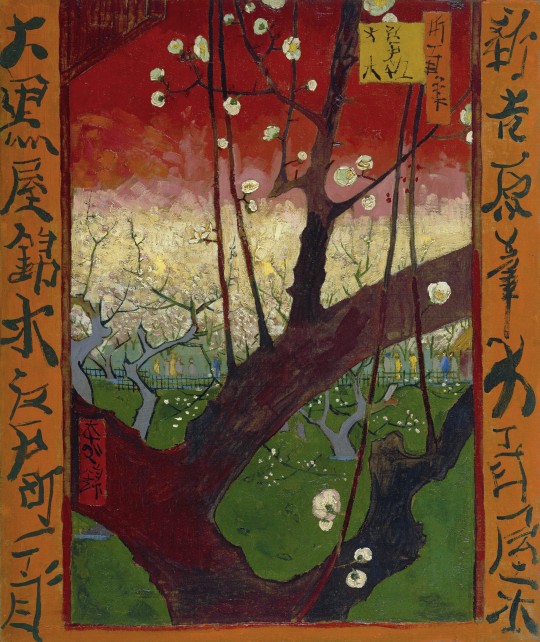
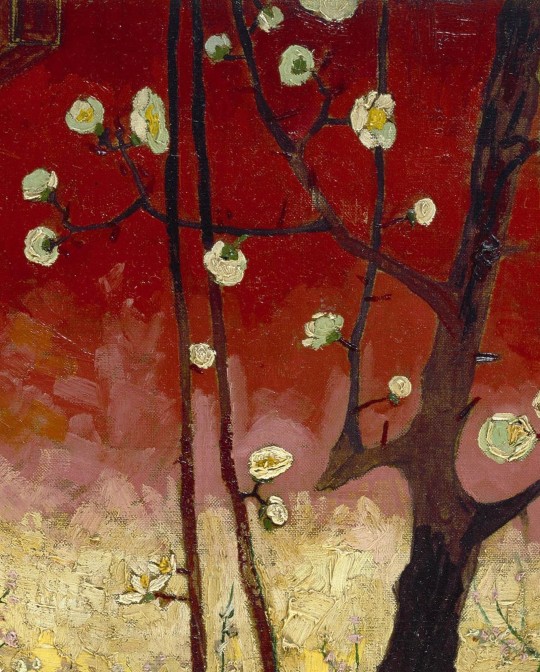
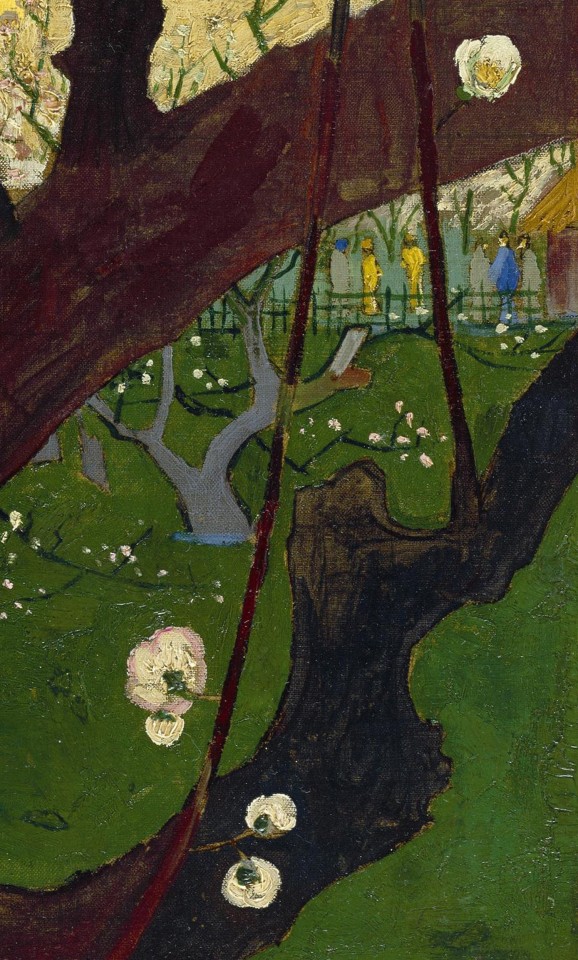
Vincent van Gogh ~ Bloeiende pruimenboomgaard- naar Hiroshige -, 1887
[Source: Google Art Project]
86 notes
·
View notes
Text

Dutch painter George Hendrik Breitner's "Girl in a White Kimono" (1894)
Geesje Kwak, a 16-year-old housemaid, draped in a Japanese kimono.
if you're interested in purchasing products depicting this work please click here
#George Hendrik Breitner#Girl In A White Kimono#Amsterdam Impressionism#Art History#Japonism#Cultural Exchange#Dutch Art#European Art#19th Century Art#Fine Arts#Oil Painting#Artistic Inspiration#Cultural Influence#Art Appreciation#Dutch Painter#Geesje Kwak
24 notes
·
View notes
Text




#kitty#japan#flowers#pink#cute#kawaii#pinkcore#coquette#2000s#girly aesthetic#pink aesthetic#aesthetic#just girly things#vibes#lovers#japonism#neon genesis evangelion#im just a girl
36 notes
·
View notes
Text
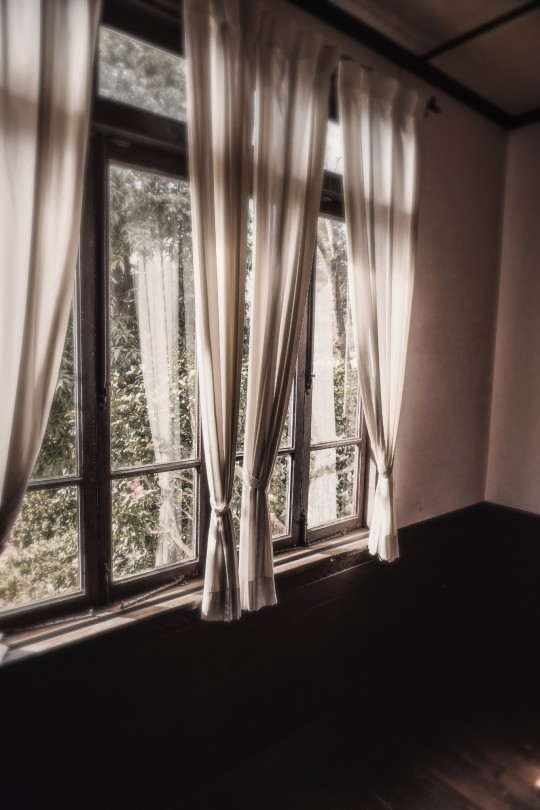
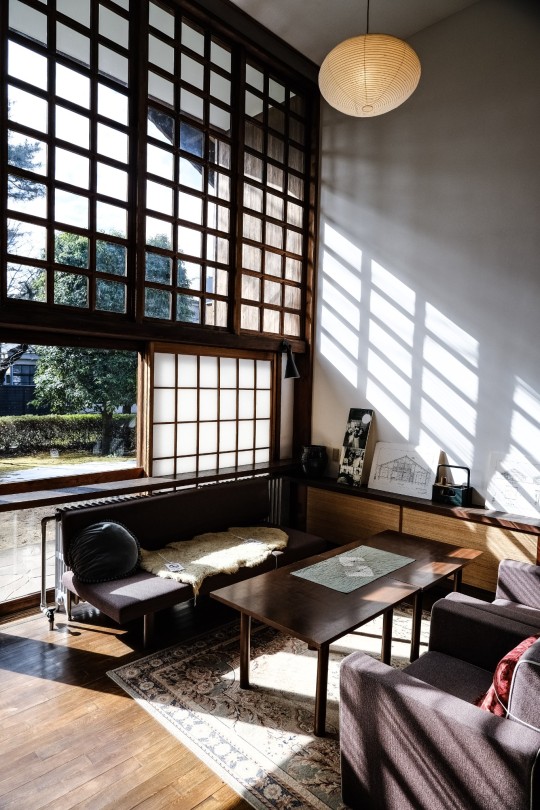

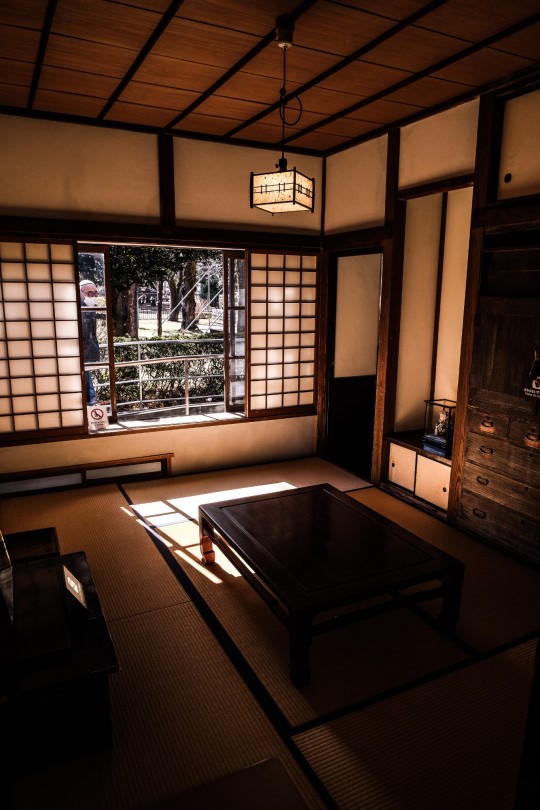
#photography#japan#original photography on tumblr#travel#historic building#building#japonism#japanese landscape#japanese culture#japanese#江戸東京たてもの園#tokyo
57 notes
·
View notes
Text
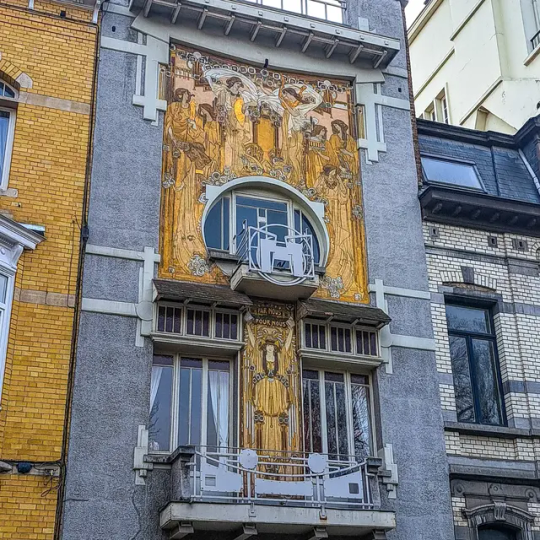

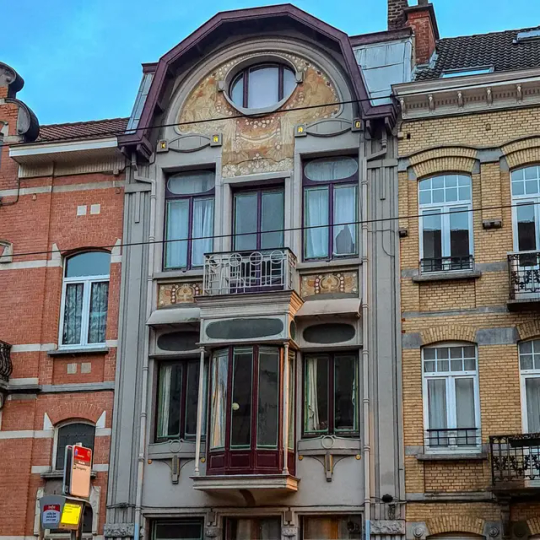
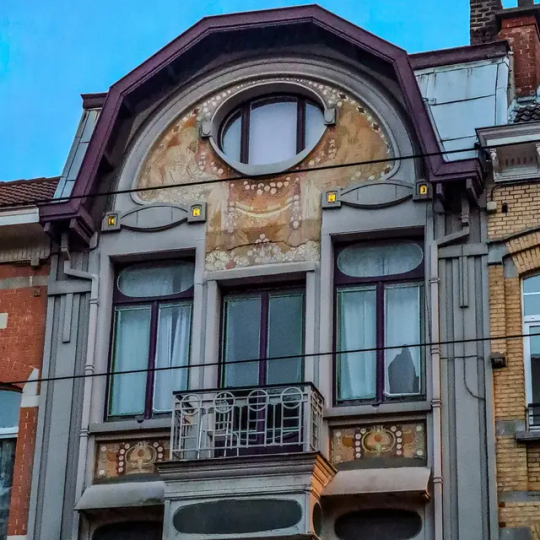
2 houses located in Etterbeek, in the Brussels Capital region, designed by Paul Cauchie. The first is his personal home, secondly a house he build as rental property.
While still a student, Paul Cauchie founded his own company in 1896, specializing in decoration. He revived the sgraffiti technique, which he had learned from Henri Baes. Cauchie also took part in many exhibitions and competitions and was awarded several awards, including the Prix Donnay. In January 1899 he made a study trip to Paris. He wanted to travel even further, but because his business was so successful, he returned. In 1901 the Cauchie family moved from Ter Hulpen to Schaarbeek.
In 1905 Cauchie married Caroline Voet (1875 - 1969), called Lina. She went on to play an important role in the decoration company. They also immediately built a house. Cauchie designed it himself at Frankenstraat 5 in Etterbeek. The house, now called Cauchie House, was built in the Art Nouveau style, but was also inspired by the architectural style of Charles Mackintosh, with the influence of Japonism. The facade is almost completely covered in sgraffiti. Cauchie's wife decorated the interior together with her husband.
Cauchie's company received a lot of orders, so he had to hire employees. In 1913 he expanded further and founded the SA Comptoir de Matériaux de Construction, with headquarters in Dinant. A company brochure from 1914 mentions thousands (!!!) of finished sgraffiti. Although sgraffiti were his most important trade mark in that period, he also designed stained glass windows (including for Villa Dageraad in Eeklo), ceiling paintings and furniture. His work (especially sgraffiti, both for outdoor decoration and in the interior) can be found in many places in Belgium.
His second design as an architect was a house on his property at Jachtlaan 141 in Etterbeek. Cauchie designed this house in 1910 and rented it out. This house has been protected since 1995.
#europe#architecture#historic buildings#historical#architectural history#belgium#history#art history#brussels#brussel#bruxelles#bruselas#art nouveau#artnouveau#jugendstil#stile liberty#modernismo#sgraffito#houses#old house#house#facade#building facade#decoration#europa#buildings#city photography#traditional architecture#japonism#beautiful
11 notes
·
View notes
Text

Title: The Flowered Dress
Artist: Edouard Vuillard
Date: 1891
Style: Japonism
Genre: Genre Painting
#art history#art#painting#artwork#museums#history#culture#vintage#curators#japonism#edouard vuillard#classicalcanvas
109 notes
·
View notes
Text
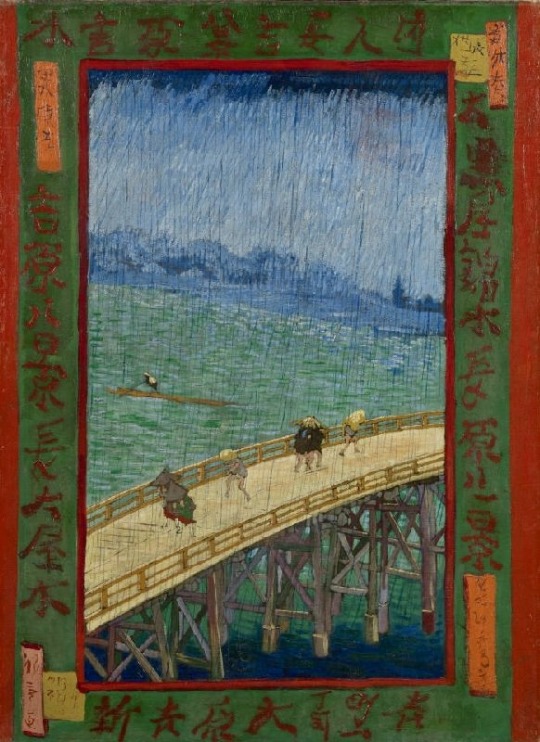
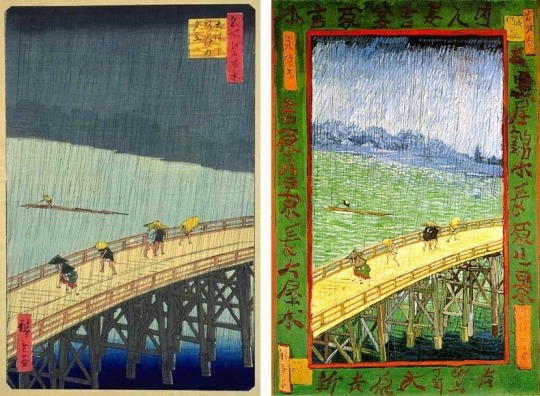
Vincent van Gogh, Bridge in the Rain (after Hiroshige), Paris, October-November 1887 (above)
Utagawa Hiroshige, Sudden Shower over Shin-Ohashi Bridge and Atake (Ohashi Atake no vüdachi), from the series One Hundred Famous Views of Edo (Meisho Edo hyakkei), 1857 (below, left)
#utagawa hiroshige#vincent van gogh#japanese prints#japanese art#woodcut#woodblock print#japanese artist#dutch artist#dutch painter#dutch art#dutch painting#landscape#bridge#asian art#japonism#modern art#art history#tumblr art#tumblrpic#tumblrpictures#tumblraesthetic#aesthetictumblr#aesthetic#beauty#art on tumblr
45 notes
·
View notes
Text
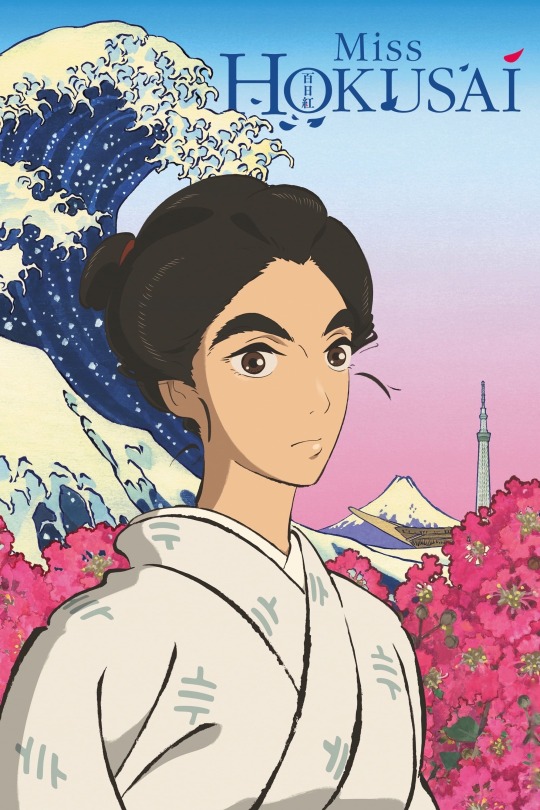
Miss Hokusai: The world is beautiful because of "light" and "shadow."
It is believed that many people have seen the famous image of a giant wave engulfing small boats at sea (The Great Wave Of Kanagawa), drawn with traditional Japanese brushstroke techniques. This is the masterpiece of Katsushika Hokusai, a renowned Edo-period artist known across Japan and the world. His works have inspired many European artists, contributing to the development of a Western art movement influenced by Eastern art, known as Japonism.
However, few people know the name and life of the person behind his success — Katsushika Oei, Hokusai's daughter, who possessed artistic talent in brush painting on par with her father. This is her story, brought to life in the 2016 animated film adapted from the Japanese manga by Hinako Sugiura, titled Miss Hokusai. In Japanese, it is known as Sarusuberi (百日紅), which translates to Crape Myrtle, symbolizing the aesthetics and beauty found in woodblock prints (Ukiyo-e) and Japanese brush art, often filled with images of legends, folklore, landscapes, spirits, or imaginary worlds that float beyond reality.
The world is beautiful with "light" and "shadow": A nameless female artist who lived in her father's shadow and became the light for her blind sister.
In the Edo period, the beautiful and unique works of Hokusai shone brightly throughout Japan, like a radiant light. But who knew that behind his glorious fame, there was a young girl who followed in her father’s footsteps, whose skills were second to none.
According to accounts from people who knew the father-daughter artists, it is said that in the early days, Oei rarely signed her name on her work. Sometimes, she used a pseudonym. Many times, she painted on behalf of her father as a nameless artist and sold the work with Hokusai’s name on it. This was because, during the Edo period, female artists' works were often not accepted, as women were expected not to be painters but to take on roles like housewives, merchants, courtesans, or other professions.
Moreover, it was believed that women lacked the skills to observe the world around them and the sexual experience necessary to convey in good art. In addition, most buyers and art consumers were male, so art was produced primarily to serve and cater to male desires. Examples include paintings of courtesans (Oiran), Geisha artists, or erotic depictions of relationships between women and men, women and women, or men and men, meant to serve as illustrated books for sexual arousal.
Thus, society at that time believed that a woman's perspective in creating art for men would either not sell or fail to fully meet men's emotional and sexual desires. These were the challenges that female artists like Oei in the Edo period had to face. Oei encountered many obstacles and had to hone her skills to fight against criticism and judgment in order to gain recognition within a patriarchal world.
However, since Oei understood this societal rule well, she accepted her role as merely a "shadow" under her father's bright "light." She found happiness in observing the world around her to further develop her skills. Her life was considered quite unusual for a woman in the Edo period. Unlike most women of her time, she had no desire to follow the traditional path of being presented for marriage, settling down with a man, and starting a family. Instead, she lived to serve her and her father's passion for art, as well as to study the natural world around her. This made her a courageous, independent, and self-assured woman, different from other women of her era.
On the other hand, Oei became a "light" for the darkened world of her unfortunate blind sister, "Onao." In the story, we see that whenever Oei takes Onao for a walk, she makes an effort to describe to Onao the shapes, colors, objects, people, or places that Onao cannot see with her own eyes.
Oei also expresses her true femininity without having to hide it. She speaks and treats her sister with gentleness and a bright smile, and the two are always filled with laughter from playing together.
This contrasts with her serious and stern expression, her rough and curt tone, or sometimes her silence, speaking only when necessary to project an image of credibility as the one negotiating on behalf of Hokusai with clients. She also had to behave in a commanding manner as the daughter of an important artist.
We can also interpret her behavior toward her father and all of Hokusai's male apprentices as Oei crossing the gender boundary. Her entering into the male-dominated world required her to act equally strong and bold enough for them to accept her as a capable colleague and artist.
It can be said that Oei needed to play different roles depending on the situation, location, and people she encountered. This also tells us that Japanese society, from that era to the present, has expected individuals to behave according to the roles society dictates.
Although Oei could only be a "shadow" in the male-dominated sphere, she was a crucial supporter who helped her father's fame spread far and wide, becoming an indispensable assistant to Hokusai. Moreover, she remained a "beautiful light" for her sister, fulfilling her role in the female sphere according to her gender.
The other side of the red-light district, as seen through the eyes and brushstrokes of Oei
According to accounts from people who knew Oei, she was not only very observant of her surroundings but also deeply fascinated by "light." Every time there was a fire, Oei would be the first to jump out of bed and run excitedly to see it. Her reason for rushing to witness the flames was different from others—she was captivated by the vibrant, intense colors of the fire, which no paint or pigments of that era could replicate.
Oei tried her best to memorize the colors and movements of the flames so she could capture them in her artwork. Her love for vivid tones, combined with the influence of Western art that was beginning to spread in Japan, led Oei to experiment with a new style. She began creating works that used bright colors to represent "light" and darker shades to symbolize "shadow," which was a departure from traditional Japanese paintings that often emphasized softer tones, simplicity, and linework. These innovations helped to distinguish Oei's paintings.
Moreover, her artwork illuminated a different side of the pleasure quarters—the daily lives of courtesans in the red-light district. Oei’s depictions differed from those of her male contemporaries. While male artists of the time often portrayed courtesans as seductive and erotically appealing, Oei’s work reflected their humanity and ordinary aspects. Though by night these women were viewed as objects of sexual desire, praised for their beauty, and skilled in music, art, dance, and theater to entertain male patrons, they were still considered unworthy of becoming wives or taking a place in society, remaining hidden in the world of nightfall.
But who would know that behind the elaborate makeup, the beautifully adorned courtesans living in the red-light district were simply ordinary women, full of beauty, sweetness, emotions, love, hope, dreams, and desires just like anyone else? Oei captured this reality in her paintings with great depth, and her works became well-known, including pieces such as A Beauty Writing Poetry By the Cherry Blossoms at Night, Night Scene in the Yoshiwara, and Three Women Playing Musical Instruments.
Miss Hokusai is an animated film that not only highlights the talents and importance of women who were no less capable than men but also reflects the challenges women faced under the patriarchal system. These include being objectified, having their work judged by male standards, and having to modify their behavior and identity to fit norms established by men.
At the same time, Miss Hokusai presents a clear perspective on women that many might not expect, helping to convey the importance of women's rights in a society striving for gender equality. The first step toward change should begin with understanding and listening to different perspectives.
#miss hokusai#anime#manga#animation#japanese#oiran#japonism#art#ukiyoe#japan#culture#history#edo period#women#female artists#katsushika hokusai#natural art#red light district#folklore#japanese people
14 notes
·
View notes
Text
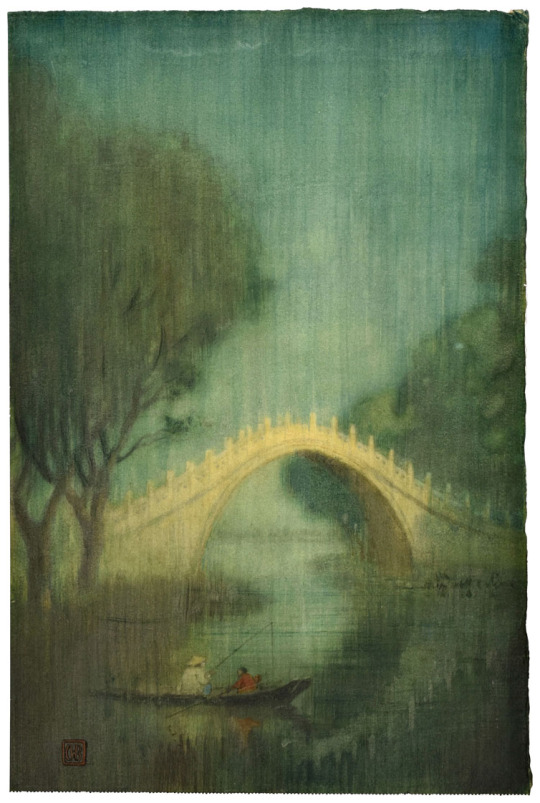
Charles W. Bartlett - Moon Bridge at Summer Palace, Peking, watercolor, ca. 1922.
86 notes
·
View notes
Text

George Hendrik Breitner
Girl in a white kimono. ca. 1894
#george hendrik breitner#figurative#impressionism#portraiture#japonism#rijksmuseum twenthe collection#dutch artist#old art
14 notes
·
View notes
Text

Fushimi Inari-taisha !!
Le sanctuaire shinto est sans doute l’un des plus magnifiques. Situé au sud de Kyoto, ce lieu abrite 10 000 torii. Ces sentiers culminent sur le mont Inari et mènent jusqu’à Arashiyama, la célèbre forêt de bambous, où fleurissent les cerisiers au printemps.
La création de ce sanctuaire remonte à 711 av Jc. Ce sanctuaire était consacré à la divinité Inari Okami.
#japon
#japonais#japonism#arte japonés#travelguide#traveler#travel#travels#temple#bouddhisme#bouddha#kyoto#kyoto travel#kyoto japan#kyotolover
8 notes
·
View notes
Text
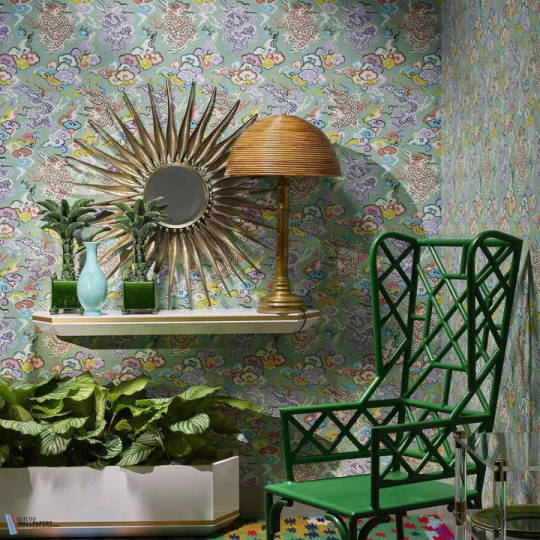
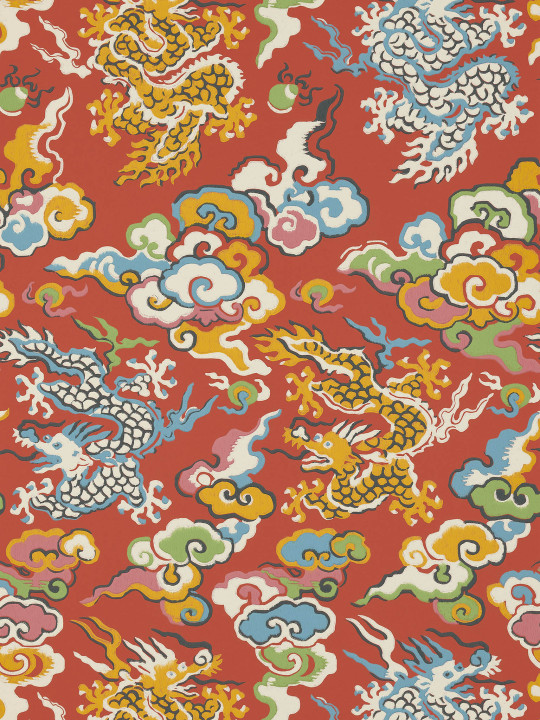
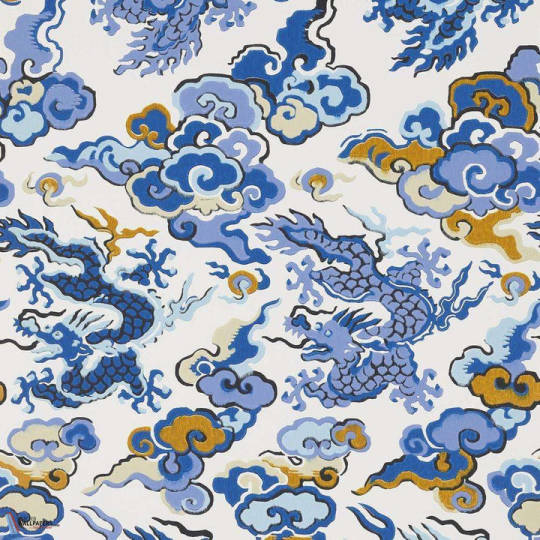
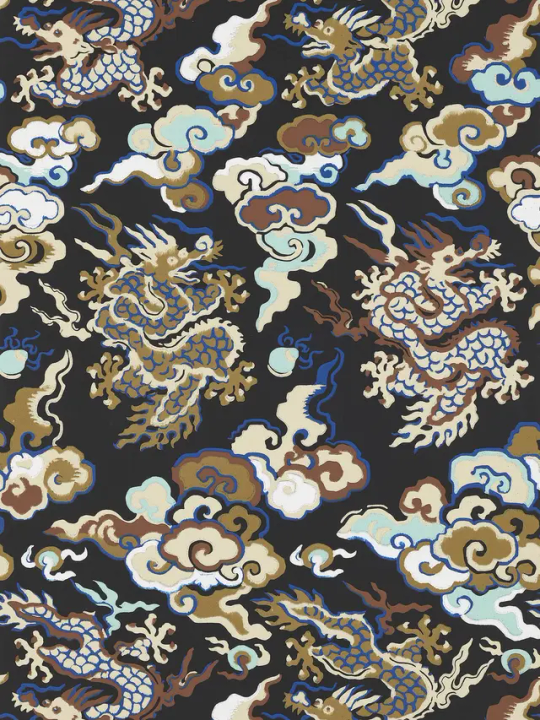

Dragons de Feu wallpaper by Pierre Frey
'In the Far East the dragon symbolizes power, wisdom, strength and hidden knowledge. Inspired by these beliefs, the colors of the design can be powerful or quiet and relaxing.
This pattern is characteristic of Japanism, a movement that appeared in the West in the last third of the 19th century after this long isolated country decided to open up to international trade.'
#lunar new year#chinese new year#chinese dragon#dragon#wallpaper#wallcovering#print#fire dragon#dragons de feu#chinoiserie#japonism
13 notes
·
View notes
Text
Almada Negreiros, Galant and Heroic Japan, Magazine Bertrand No. 63, 1932

Via Blog da Rua Nove.
#Almada Negreiros#Galant and Heroic Japan#Magazine Bertrand#1932#1930s#movies#art deco#art#portugal#magazine#1920s#japonism
3 notes
·
View notes